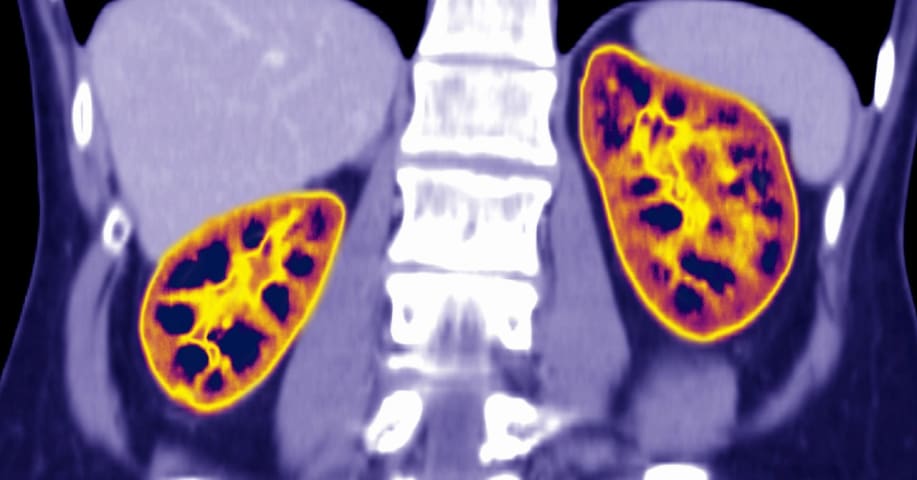Incidente 79: Un método de prueba renal supuestamente subestimó el riesgo en pacientes negros
Entidades
Ver todas las entidadesClasificaciones de la Taxonomía CSETv0
Detalles de la TaxonomíaProblem Nature
Unknown/unclear
Physical System
Software only
Level of Autonomy
Low
Nature of End User
Amateur
Public Sector Deployment
No
Data Inputs
creatinine levels, age, sex, race
Clasificaciones de la Taxonomía CSETv1
Detalles de la TaxonomíaIncident Number
79
AI Tangible Harm Level Notes
There is no AI. The harm comes from a formula that uses race as a factor.
Notes (special interest intangible harm)
4.1 - Black patients overlooked by the calculation because of built-in points had their access to critical public healthcare reduced.
Special Interest Intangible Harm
yes
Risk Subdomain
1.3. Unequal performance across groups
Risk Domain
- Discrimination and Toxicity
Entity
Human
Timing
Post-deployment
Intent
Unintentional
Informes del Incidente
Cronología de Informes

Durante años, médicos y estudiantes de medicina, muchos de ellos negros, han advertido que la prueba renal más utilizada, cuyos resultados se basan en la raza, es racista y peligrosamente inexacta. Sus llamamientos están cobrando nueva fuer…

ANTECEDENTES: Avanzar en la equidad en salud implica reducir las disparidades en la atención. Los pacientes afroamericanos con enfermedad renal crónica (CKD, por sus siglas en inglés) tienen peores resultados, incluida la colocación de un a…

LAS PERSONAS NEGRAS EN LOS EE. UU. sufren más enfermedades crónicas y reciben una atención médica inferior en relación con las personas blancas. Las matemáticas con sesgo racial pueden empeorar el problema.
Los médicos a menudo toman decisi…
Variantes
Incidentes Similares
Did our AI mess up? Flag the unrelated incidents
Incidentes Similares
Did our AI mess up? Flag the unrelated incidents





